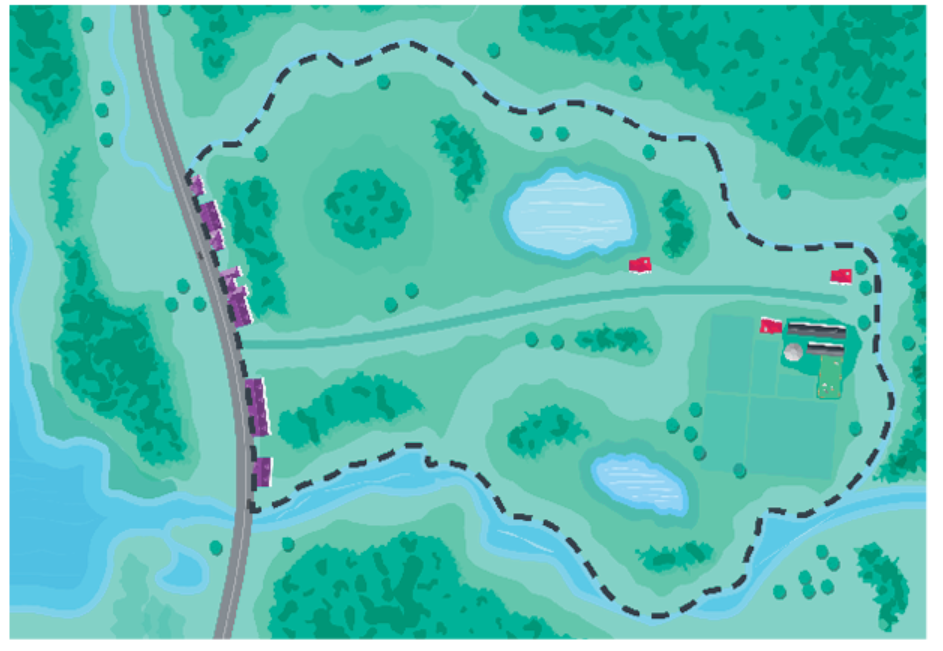Cable, Telcos Take Different Routes to Broadband Map
WASHINGTON — Cable and broadband telcos are offering up different approaches to revised broadband mapping as the Federal Communications Commission and National Telecommunications & Information Administration try to figure out a better way to gauge where broadband is, and where it isn’t.
At stake are billions of dollars in government broadband subsidies and the credibility of the FCC’s assessments of just how advanced telecommunications is being deployed, on which hinges the potential of future regulation — or not, depending on the answer.

Internet providers and the FCC also are under pressure from Congress to improve broadband mapping, something most everyone, including the regulator, agrees is needed.
Telcos Pitch New Plan, With Pilot
USTelecom looked to take the lead with a new proposal for a single, comprehensive source of broadband availability data, with an eye toward determining where broadband is as a way to find out where it isn’t.
NCTA–The Internet & Television Association, wasn’t ready to yield the field, however.
The telco and cable groups agree that the current use of census block data by the FCC (Form 477) is insufficiently granular: if one home is served, the entire census block gets credit. Both groups would use crowdsourced information, something FCC Democratic commissioner Jessica Rosenworcel has advocated, along with existing provider data.
The smarter way to stay on top of the multichannel video marketplace. Sign up below.
Both also want to prevent government overbuilding of their risk-capital-funded plant.
USTelecom is launching a pilot program in Virginia and Missouri, because those states have “a mix of rural and urban areas” and because “there is also a wide range of fixed service providers utilizing different types of technology.”
The USTelecom proposal will combine building and customer addresses for the database of where broadband is, with a third-party vendor getting access to that data, though USTelecom has said there won’t be any privacy issues.
NCTA also wants to get more granular data, but by using “shape files” that illustrate the actual contours of service. Crowdsourcing could help make sure providers aren’t overstating coverage areas, NCTA said, as one provider did in the FCC’s most recent Section 706 draft report on broadband availability.
Cable operators argue that using addresses is also imprecise, since some folks don’t have traditional addresses: tribal lands, rural roads. Cable companies also are less sanguine about the privacy implications of a database of addresses, according to a cable executive talking not for attribution.
USTelecom said it would use the four-to six-month pilot as proof of concept and, if the concept is proved, ask the FCC to adopt it nationwide. “I look forward to seeing the results of this new pilot project,” FCC chairman Ajit Pai said during a March 21 USTelecom broadband mapping forum, where the pilot was rolled out.
Cable Seeks Quick FCC Approval
The NCTA plan would not require any pilot projects — USTelecom said the maps will take 18 months to two years to develop — so NCTA has asked the FCC for an immediate green light.
“While we look forward to seeing the results of that experiment, we do not think it should cause the commission to delay consideration and adoption of NCTA’s proposed reforms to the reporting regime,” the association said in a blog post.
Contributing editor John Eggerton has been an editor and/or writer on media regulation, legislation and policy for over four decades, including covering the FCC, FTC, Congress, the major media trade associations, and the federal courts. In addition to Multichannel News and Broadcasting + Cable, his work has appeared in Radio World, TV Technology, TV Fax, This Week in Consumer Electronics, Variety and the Encyclopedia Britannica.

